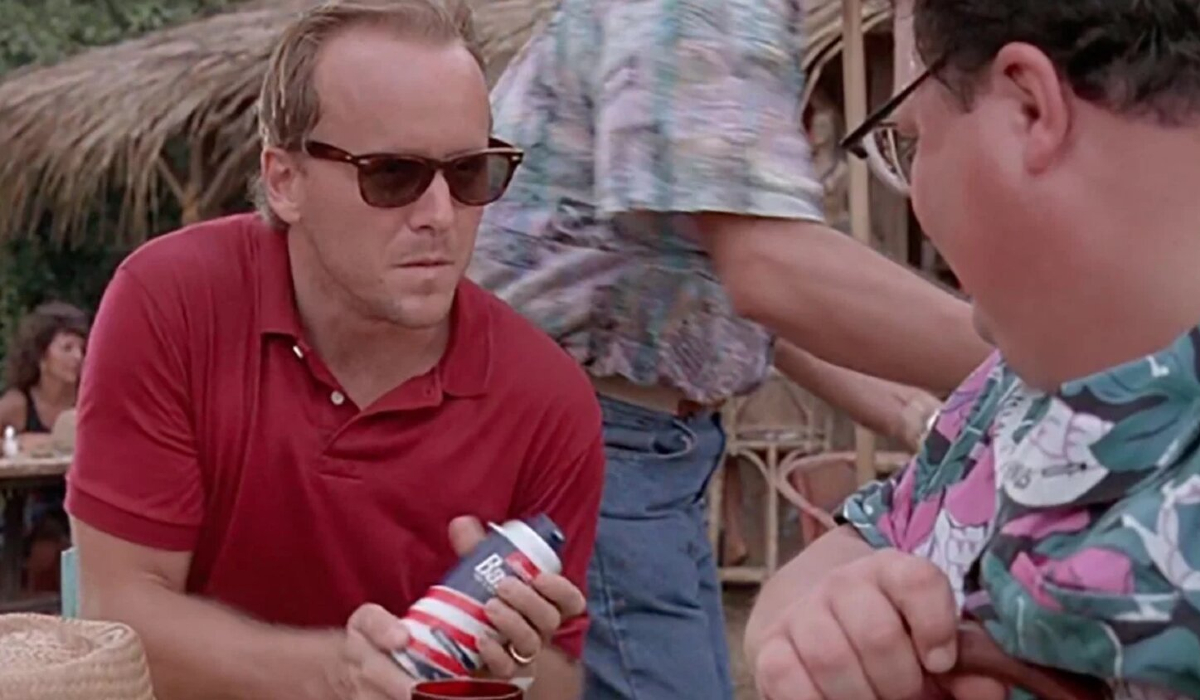
It doesn’t take any amount of courage to come out against product placement in movies. Like being against urinating on the flag or NAMBLA, you are assured of being strongly in the majority. Well, depending on where you go these days, you may not be in majority on the flag peeing thing, but I feel like I’m on solid ground with the NAMBLA reference.
Product placements are jarring to the flow of a movie. You’re watching a hero and scantily clad heroine running from the bad guys and suddenly they pop a refreshing beverage, use a particular brand of computer, or drive a carefully identified car. Everything stops while the viewer realizes that some damn money grubbing studio has bent over so product makers can shovel a few more dollars up their bungholes. Forget high-falutin stuff like “artistic integrity,” product placement makes movies worse by distracting the audience in the same way that commercials make television shows (except the Super Bowl) worse simply by existing.
Artistic integrity and Michael Bay are two words that won’t often be found in the same sentence. Unless, of course, the phrase “he doesn’t have any” is nearby. So it’s no surprise that Bay’s Transformers has upped the ever-rising ante in product placement and tie-ins. Several major products will play key roles in the movie.
If done subtly, the use of an actual product can make a movie seem more “real,” but let’s consider two things. First, when has Michael Bay ever done anything in a movie that could, even in the remotest definition, be considered subtle? Second, how “real” does a movie about cars, helicopters, and planes that turn into robots need to be? This isn’t Schindler’s List for the love of Vishnu. This is a robot movie. One that is being called dorky. What benefit do we get from seeing a vending machine for a particular soft drink. That’s just it, we get no benefit, the benefit flows into the company coffers.
Bay, of course, is being even more crass by directing several tie-in commercials for the products that are paying to be in his movie. That way the commercials will have a look and feel similar to the movie. In fact, the commercials and the movie will be serving the same purpose, selling product. The movie becomes a commercial for the commercials, rather than a story with, here’s that phrase again, artistic integrity. Why bother to see the movie when you can watch the commercials with the same look and feel and containing prominent shots of the same products?
Regardless of my whining, product placement will continue to grow. The ability of public outcry to stop Major League Baseball from putting a movie logo on the bases is the very, very rare exception, not the rule. We’ll continue to see product placement expansion as our $10, $12, or $15 admission tickets don’t satisfy the greed of corporate execs. But there are probably worse things in life, so have a heavily sugared carbinated beverage and a smile.
Your Daily Blend of Entertainment News
